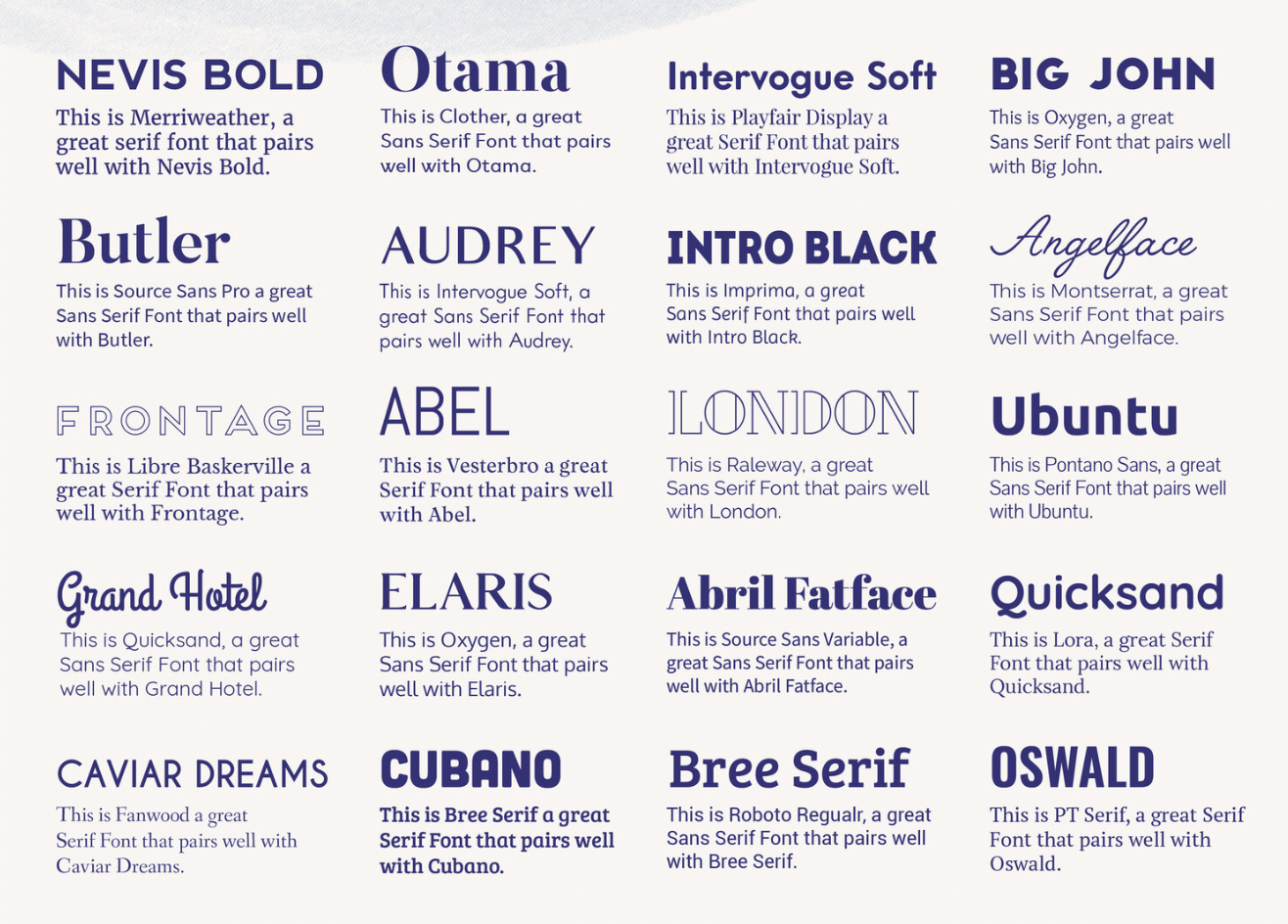Understanding AutoFocus and How to Use It
Have you ever captured a photo only to find out that your image ended up blurry or out of focus? Don't worry, we've all been there! Thankfully, modern cameras come equipped with a feature called autofocus (AF) that helps ensure your images are sharp and crisp. Understanding autofocus and learning how to use it effectively can vastly improve your photography skills. Let's dive in!
What is Autofocus?
Autofocus is a camera feature that automatically adjusts the lens's focus to create a sharp image. It saves us from the hassle of manually adjusting the focus ourselves, allowing us to focus on the creative aspects of our photography. Autofocus systems use sensors to detect contrast or phase differences in the scene, helping them quickly determine the optimal focus point.
Autofocus technology has revolutionized the way we capture images. One important aspect of autofocus systems is the method they use to achieve accurate focus. Two common methods are phase detection autofocus (PDAF) and contrast-based autofocus (CDAF). While they both serve the same purpose, there are notable differences between the two.
Phase Detection Autofocus vs Contrast-Based Autofocus
Phase detection autofocus is commonly found in DSLR (Digital Single-Lens Reflex) cameras and some mirrorless models. It relies on a dedicated autofocus sensor that analyzes light passing through the lens to determine focus. PDAF works by splitting the incoming light into two separate paths, which are then compared to determine the correct focus position quickly. This type of autofocus is especially effective for capturing fast-moving subjects because it allows for continuous tracking and adjustment of focus.
On the other hand, contrast-based autofocus operates by analyzing the contrast of the image produced on the camera's sensor. It measures the level of contrast in the image to determine where the focus is sharpest. Unlike PDAF, CDAF does not use a separate autofocus sensor but rather relies on the camera's main imaging sensor. Therefore, it is commonly found in mirrorless cameras where the imaging sensor is always exposed to incoming light. Although its performance has significantly improved over the years, contrast-based autofocus tends to be slower than phase detection autofocus, especially in low light conditions or when capturing rapidly moving subjects.
When it comes to autofocus modes, the three primary modes are single autofocus (AF-S), continuous autofocus (AF-C), and automatic autofocus (AF-A). AF-S is ideal for stationary subjects since it locks focus once it has been achieved, ensuring the subject remains sharp. It is well-suited for still life photography or situations where the subject is not moving.
AF-C, or continuous autofocus, is designed to address the challenge of tracking moving subjects. In this mode, the camera continuously adjusts focus as the subject moves, allowing photographers to capture precise and sharp images of action-packed moments such as sports or wildlife photography.
AF-A, or automatic autofocus, is a mode that combines the benefits of both AF-S and AF-C. The camera automatically selects between the two modes based on the movement and behavior of the subject being photographed. This mode is particularly useful in unpredictable scenarios where the subject's behavior may change rapidly, such as street photography or candid shots.
Autofocus Points and Modes
Modern cameras offer multiple focus points, which are individual areas that can be selected for focus. By default, cameras may use all focus points, but you have the flexibility to choose a single focus point or a group of them. This allows you to control where the focus lies within the frame.
In addition to focus points, cameras also provide different autofocus modes. Here are a few common modes:
1. Single Point AF: This mode allows you to manually select a single focus point. It gives you precise control over the area in focus, ideal for still subjects.
2. Dynamic Area AF: In this mode, the camera focuses on the selected point, but also considers the surrounding points for tracking moving subjects.
3. Wide Area AF: This mode expands the focus area, making it easier to capture subjects that are constantly moving.
Tips for Using Autofocus Effectively
To make the most of autofocus, consider the following tips:
1. Understanding Focus Modes: Familiarize yourself with the different autofocus modes your camera offers. Experiment with each mode to see which one suits your shooting style and subject matter.
2. Manual Focus Override: Don't rely solely on autofocus. Take control and switch to manual focus when necessary, especially in low light or when dealing with complex subjects.
3. Focus and Recompose Technique: Sometimes, you may want to focus on a specific subject that is not in the center of the frame. To achieve this, focus on your subject, lock the focus, and then recompose the shot while keeping the shutter half-pressed.
4. Use Single Point AF: When precision is crucial, switch to single point AF mode. It enables you to choose a specific focus point and ensures accuracy, especially for portrait or macro photography.
5. Experiment with Customization: Every camera offers different autofocus settings and customization options. Take the time to explore your camera's menu and tailor the autofocus settings to your preference and shooting conditions.
Remember, practice makes perfect. Spend time experimenting with autofocus and observe the results. Over time, you'll become comfortable with its nuances and develop a better understanding of how to use it effectively.
Autofocus is a valuable tool that allows photographers to focus on their creative vision while letting their cameras handle the technical aspects. By familiarizing yourself with autofocus modes, understanding focus points, and experimenting with different techniques, you'll be well on your way to capturing stunning, well-focused images.


























